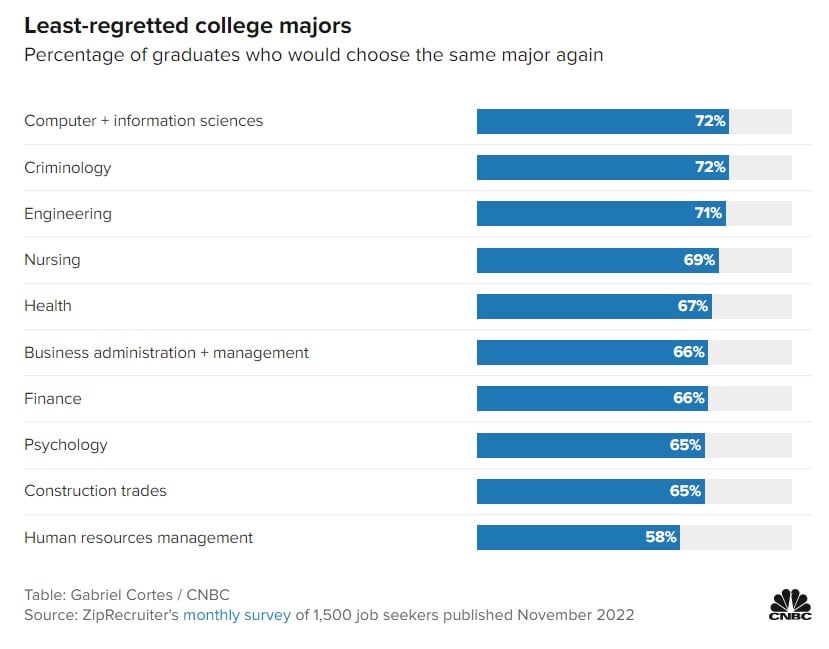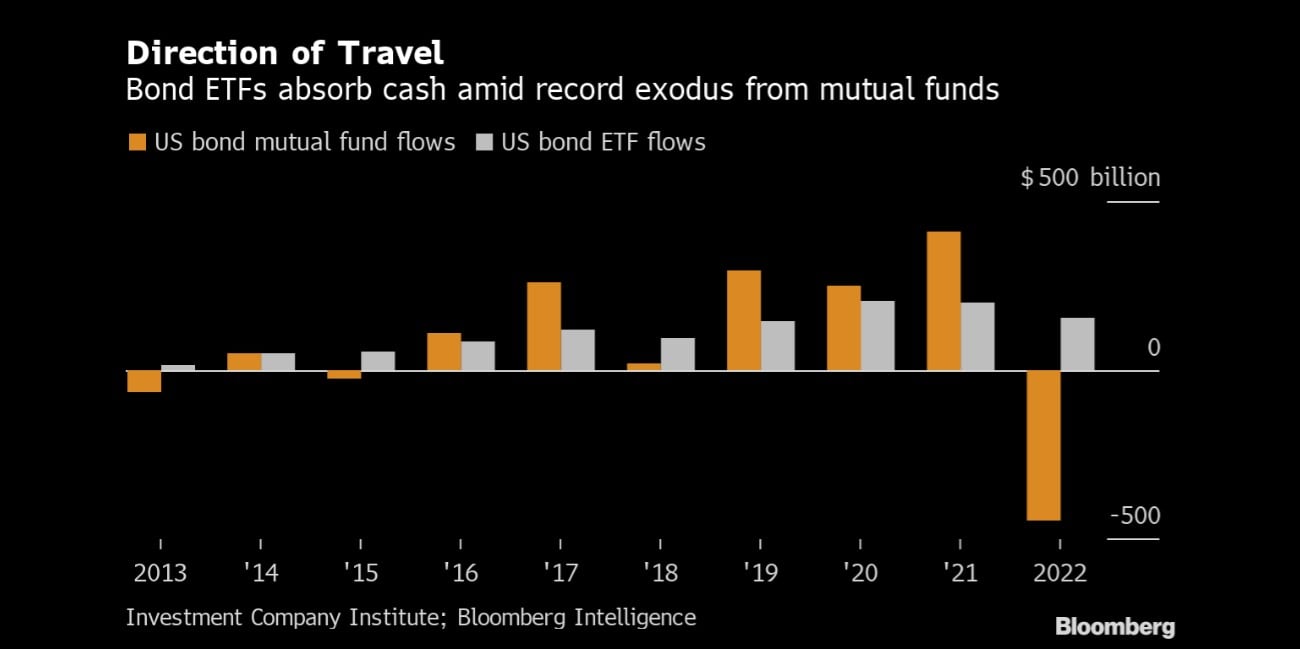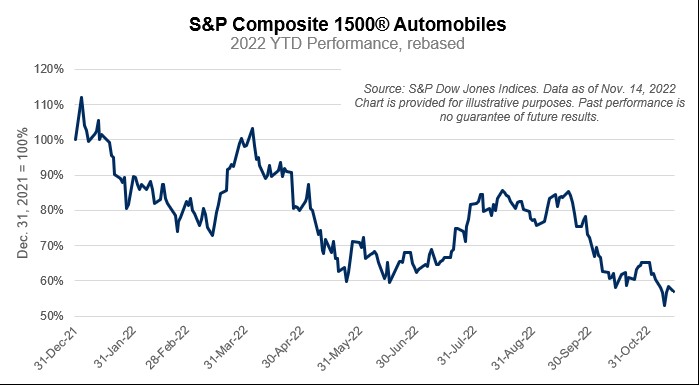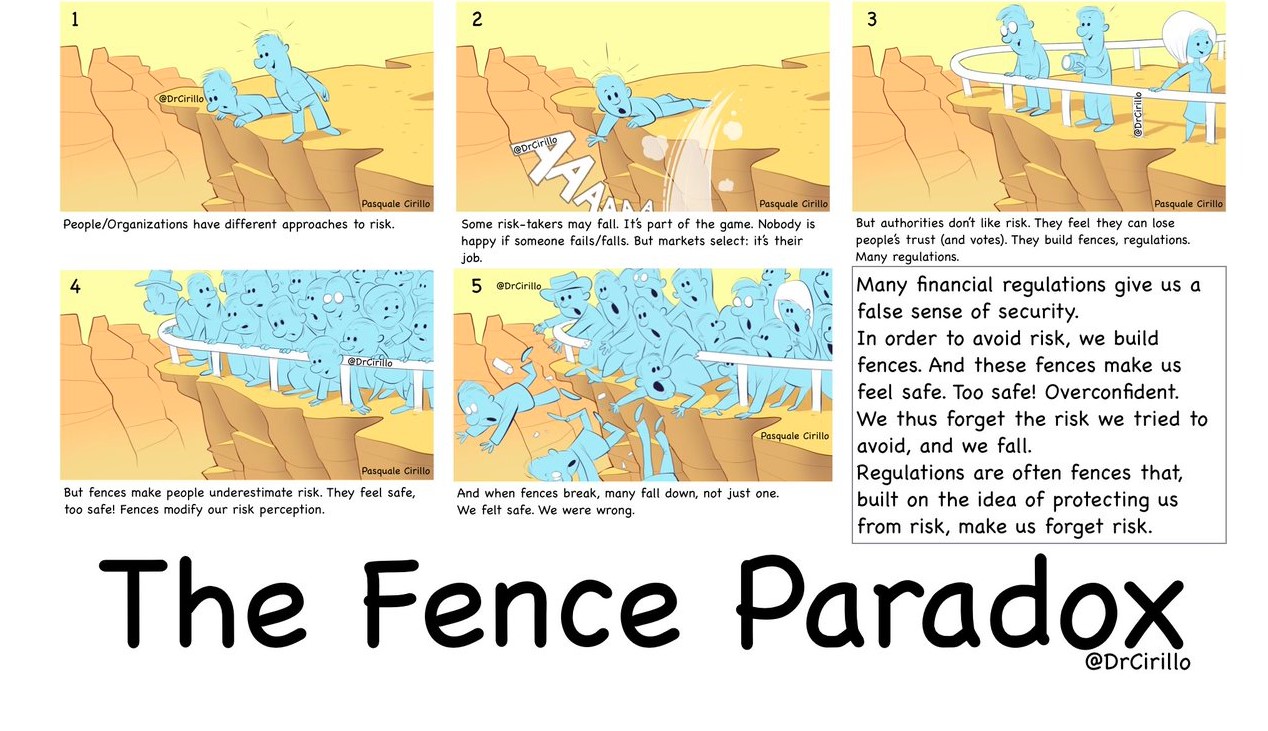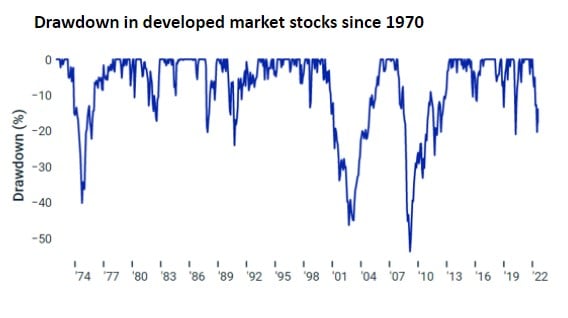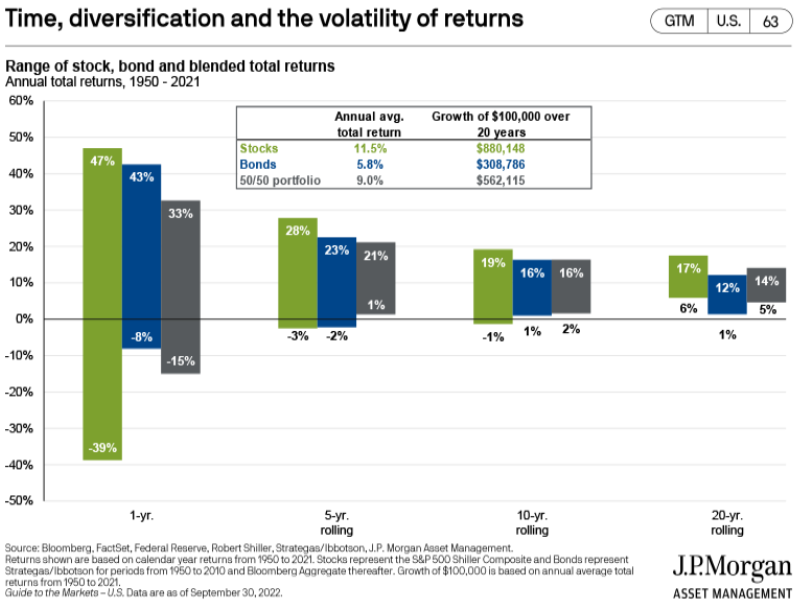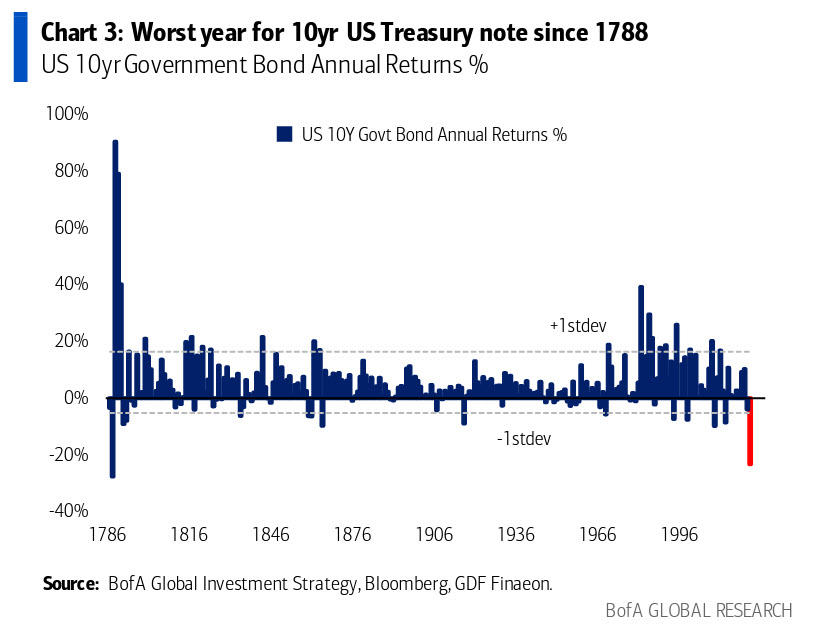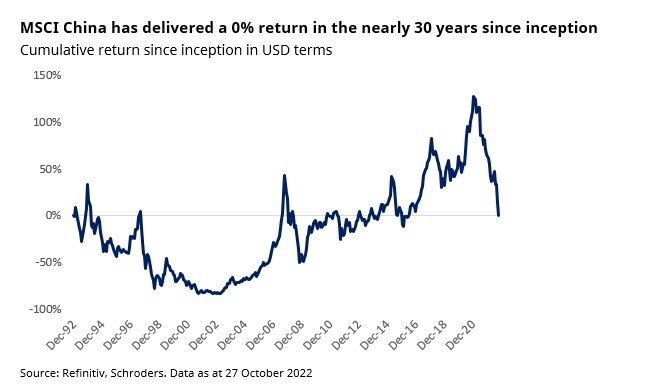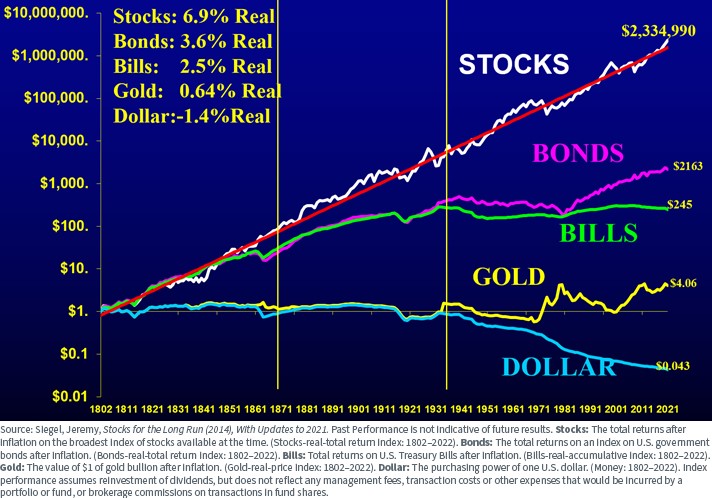Chart of the Day
Least Regretted Majors
As high school seniors finish out the school year, some may be asked, “What are you going to major in at college?” Today’s Chart of the Day comes from CNBC.com who surveyed 1,500 job seekers for the percentage of graduates who would choose the same major again. The article also included the “most regretted” majors; however, you’ll have to click on the link to see that.
Read

